Nudge Theory
Governments around the world have used ‘Nudge Theory’ in their public policy-making to discreetly influence the choices people make and their behaviour. The scatter of hints provided to the public strives to encourage better lifestyle patterns.

Photo by Elina Sazonova from Pexels
Having lived in Singapore for some time now, we have witnessed how ‘nudge theory’ has been successfully applied in various aspects of daily life such as:
1) The Health Promotion Board of Singapore has a Healthy Dining Program where food and beverage providers get a grant if they provide healthier options for diners
2) The ‘National Steps Challenge’, which encourages participants to get exercising using free step counters in exchange for cash and prizes
3) Outdoor gyms have been built near the entrance and exits of HDB (Housing & Development Board) estates so that they are easy to use, available and prominent enough to constantly remind you.
4) Rubbish bins are placed away from bus stops to separate smokers from other bus users
5) Utility bills display how your energy consumption compares to your neighbours
6) Train stations have green and red arrows on the platform indicating where you should stand to speed up the alighting process
Taking inspiration from these ideas, we would love to share a few ‘nudge theory’ inspired exercises that could influence better behaviours at home, through design.
We tap into health essentials, recreation and rest for both kids and adults.
Screen time
In most households, the television takes centre stage in a beautiful living room setting. If on one hand, we are all desperately trying to control our daily screentime amid a pandemic, have you ever wondered why television is so deserving of this pedestal in your home?

Photo by Rachel Claire from Pexels
We recommend replacing that box with something that matters much more to deserve that centre stage. Give the same spot a tropical or contemporary uplift with a backdrop style of your choosing and accommodate either a library of your favourite reads, an aquarium, a space for memorabilia, a terrarium etc. Your gorgeous living space would look a lot more pepped up and feel complete. Now nurture it for all the activities you cherish like holistic meditation, a random ponder, a hobby or to connect with your family more healthily.
Hydration

Photo by Nadi Lindsay from Pexels
With so much information on staying hydrated, this couldn’t be an excuse anymore.
We suggest placing one hydration station at each space in the house. One could even get creative with the setting. For workaholics confined to a work desk, the millennial age of technology has bestowed upon us the option of smart water bottles just for “occupied-minded” individuals. On the decorative end of the spectrum, a good old deep red terracotta jug would give you earth refreshed and cool water to drink, hinted with a subtle flavour of nature. The scintillating charm of copper or brass water bottles/jugs are an attractive addition to any space.
Nighttime Sleep Hygiene
Most of us tend to carry our phones into bed at night as a means of relaxation. Studies have shown that this practice not only activates the brain much more but also affects the quality of sleep after.
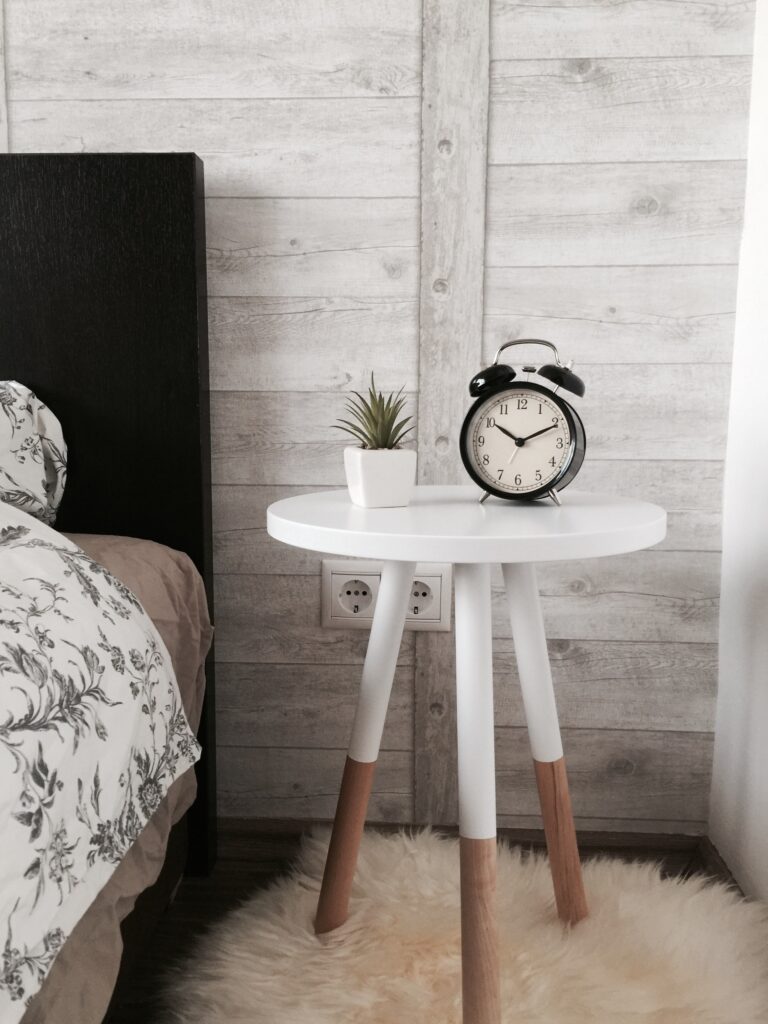
Photo by Benjamin Voros on Unsplash
We know this habit may be difficult to break away from, so why not make it a ‘family affair’?
We recommend setting up one common multi-device charging station where all members of the family can not only separate themselves from the screen outside of their place of rest at night but also have a fully charged mobile device by morning. In the process, you too wake up refreshed, on time and ready for a brand new day, with an alarm clock!
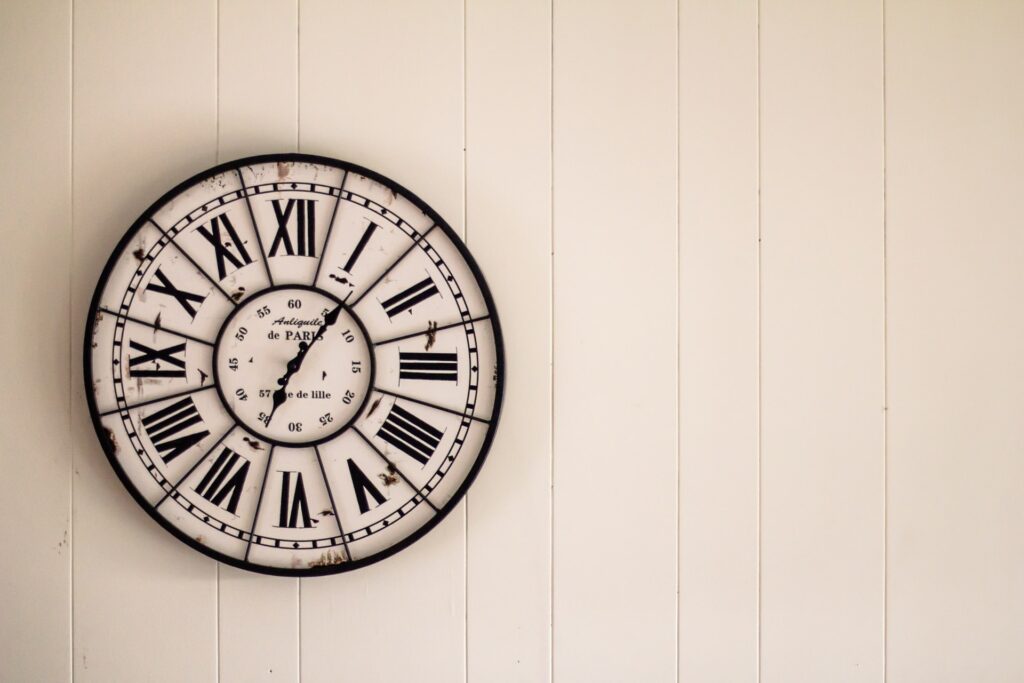
Photo by Steve Johnson on Unsplash
We also suggest giving this space an important pedestal in a family communal space for better view and motivation. After all, everyone needs a bit of a nudge to move in the right direction.
Ergonomics for better physical health
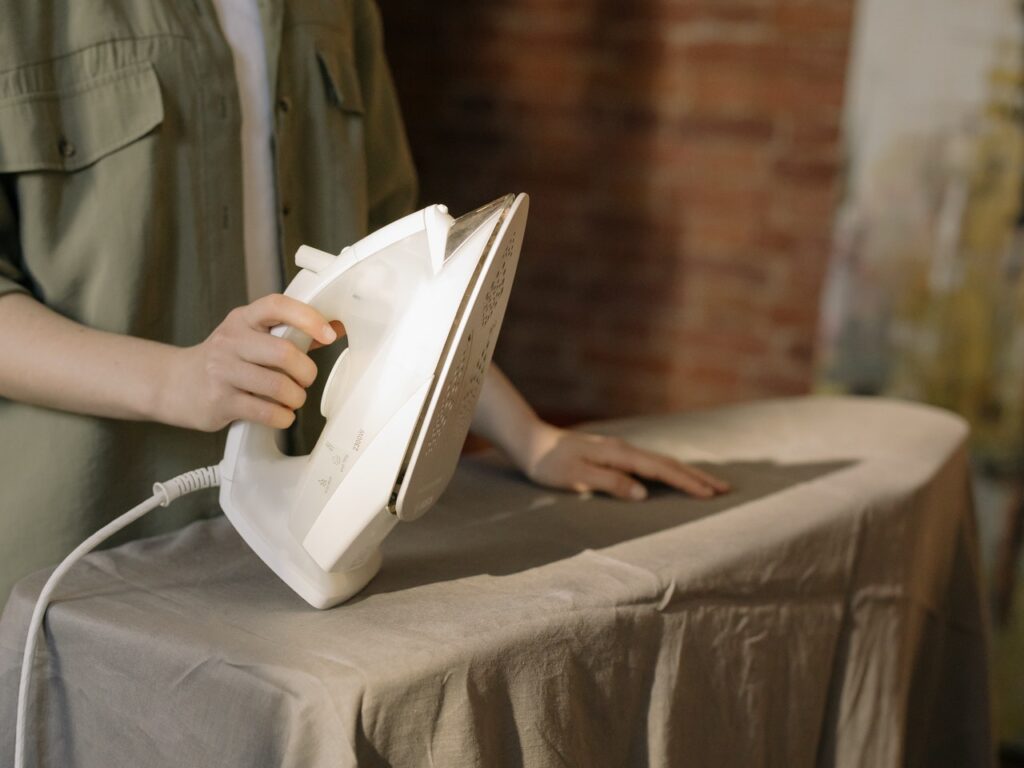
Sitting for prolonged hours at a workstation may not be the best for your health.
We recommend changing your working position by utilising a commonly used household item known as the good old ironing board. An ironing board is designed to be elevated at an adult’s comfortable standing position to ensure fatigue-free ironing. Keep it near your sitting workstation as an incentive to regularly change your working position through the course of the day, sitting to standing.
KIDS
Enhance free-creativity

Photo by Mick Haupt on Unsplash
Most children find their most potent itch for creativity when they doodle on walls. Unfortunately for the sake of aesthetics, most adults complain about the aftermath, an onset of dirty walls. It is difficult to recognise that a child’s doodling exercise is just an innocent attempt towards creating an expression through art. So, why curb that spark?
A simple stick-on chalkboard wallpaper installed across the walls in a children’s playroom would solve this problem and encourage a child to instead nurture their creative powers amply and happily.
Cookery skills
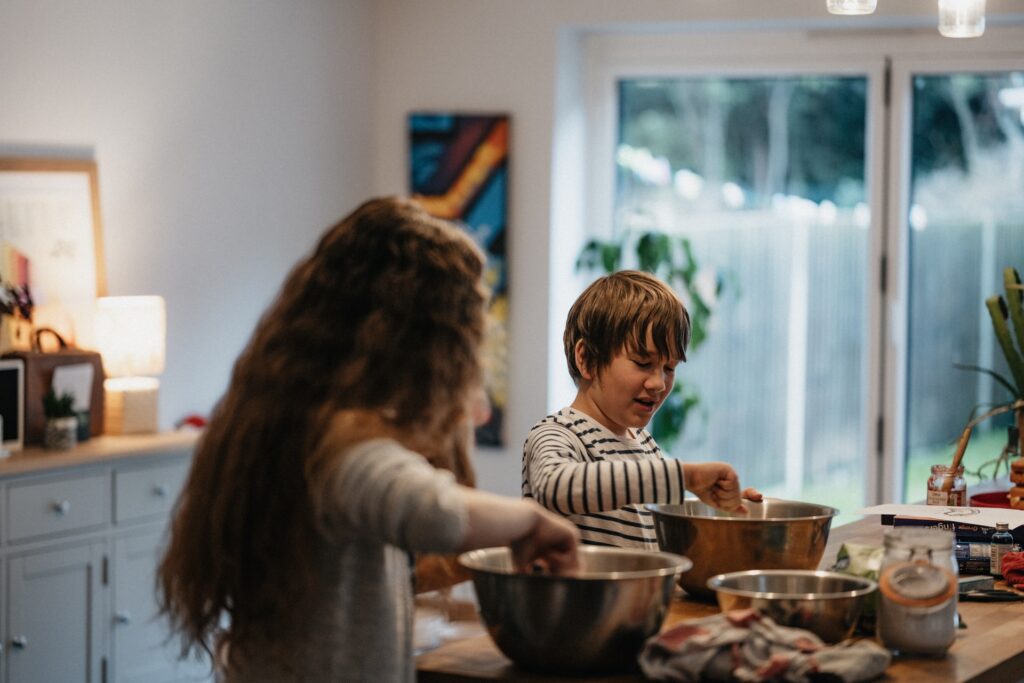
Photo by Annie Spratt on Unsplash
Most of the time, children are not allowed to enter the kitchen space out of fear of kitchen hazards. How are they to learn basic cooking skills if they are constantly prevented from it?
Set up a miniature kitchen tabletop workspace towards a safe zone within a kitchen or just outside, to encourage children to get involved in the preparatory process. Equip them with safe to use kitchen tools, cutlery, mixing bowls, whisk etc and especially an apron for them to seriously step into the role of a cook.
This would make cooking a wonderful family affair!
Cleanliness

Photo by Heather Ford on Unsplash
Start small. Children are extremely impressionable and love to get involved in activities that adults engage in on a routine basis.
Consider giving children a set of cleaning tools of their own like a miniature broom, mop, dusters, dustbin etc, and set it up at a visible and attractive corner in their room to emphasize its importance. A simple setup of a colourful backdrop and a series of pegs to hang all these tools would do the trick.
Children love to put on their ‘responsible hat’ from time to time and this simple move would encourage them to be so.
If you have interesting and unique ‘Nudge Theory’ inspired design practices that we could emulate, we would love to hear about it!
Discover similar articles

Most Influential Spatial and Interior Designers You Need to Know in Singapore 2025

How to Zone Open Floor Layouts Without Walls

How To Apply The ‘Nudge Theory’ For A Better Lifestyle

Modern Sideboards With a Vintage-Inspired Look

How to Transform Your Home Workstation into a Stylish Productivity Zone

How To Be Creative With Your Living Space Furniture

Why We Love the UOB Card as a Lifestyle Companion
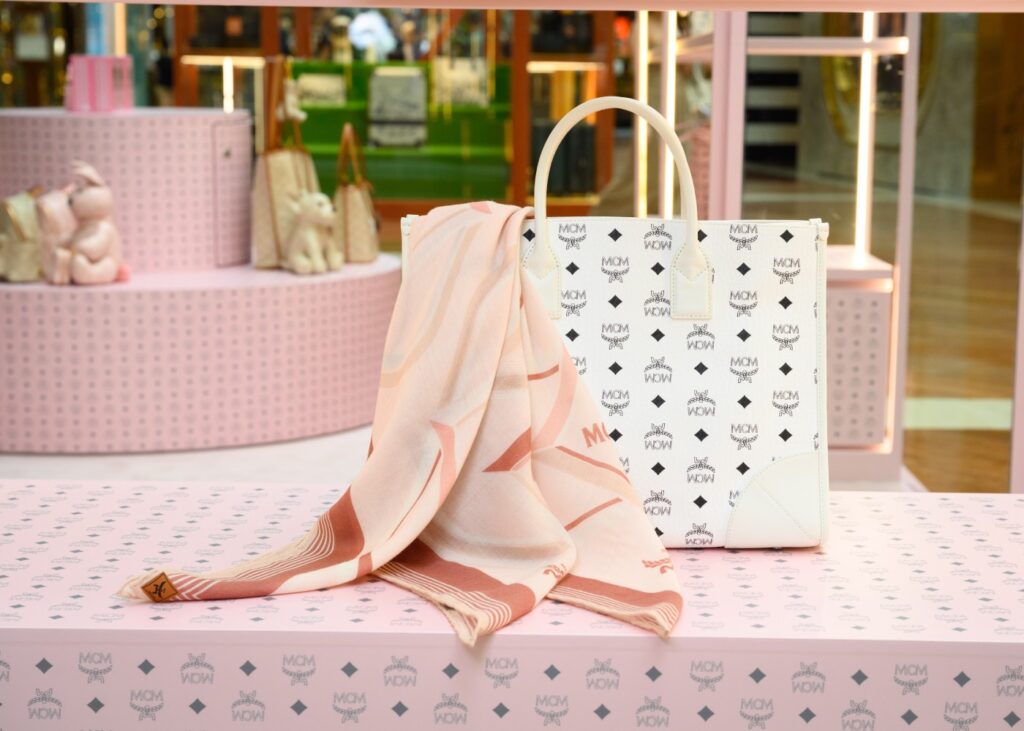
UPDATED! A Shopper’s Guide: Catch the Latest Trends at these Pop-Up Stores

XM Studios: The Ultimate Destination for Comic Book Collectibles in Singapore

Your Guide to Cocktails Inspired by Singapore’s Most Famous Landmarks
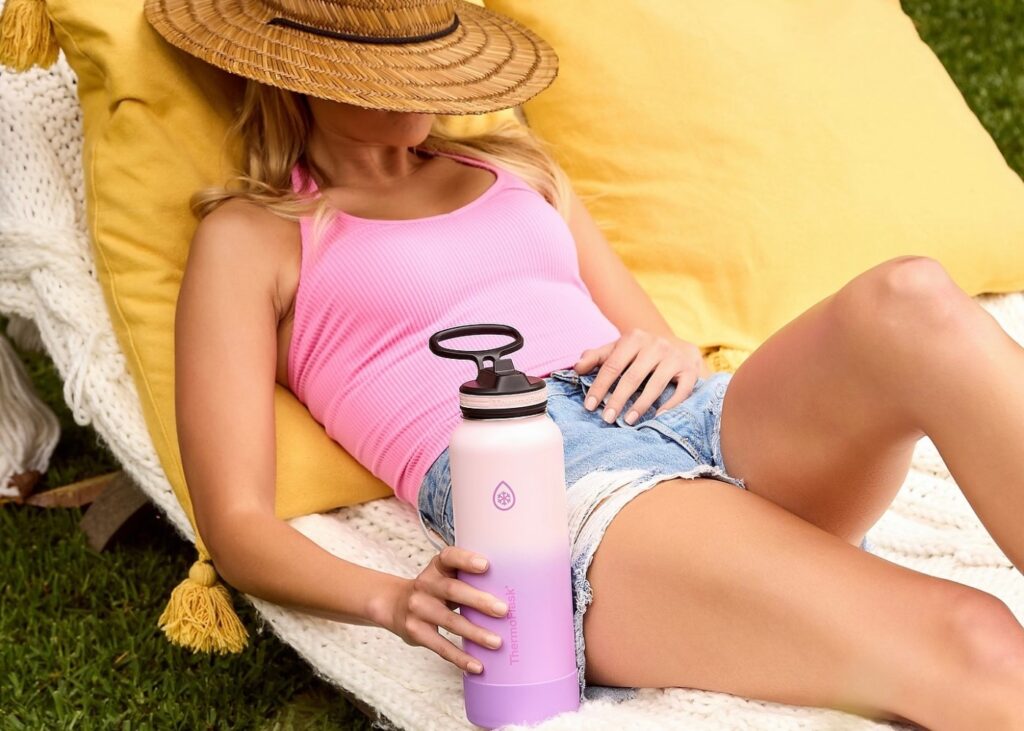
Why Emotional Water Bottles Are TikTok’s Latest Obsession for Self-Care and Hydration
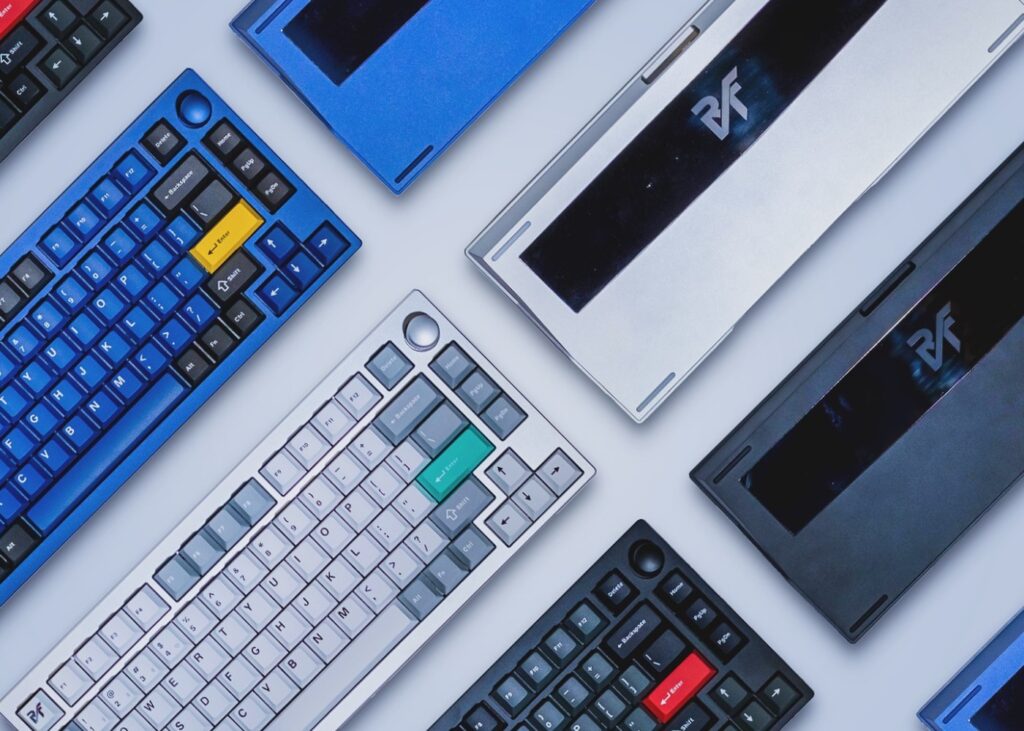
Tech Meets Art: The Creative World of Keyboard Customization

An Artistic 21-day Holiday Experience You Don’t Want to Miss

Amazon Prime Day 2024: Your Guide to the Ultimate Home & Decor Savings

Go Green 2024: Singapore’s Ultimate Guide to Sustainable Living
Copyright © 2025 DSGN arcHive

